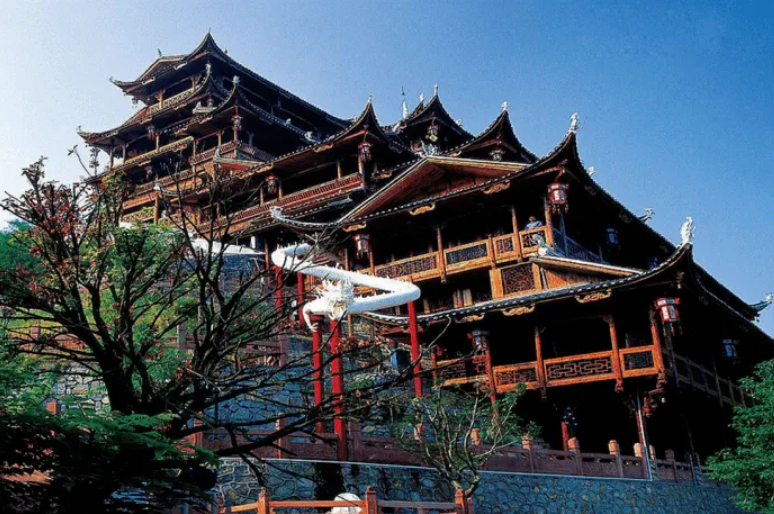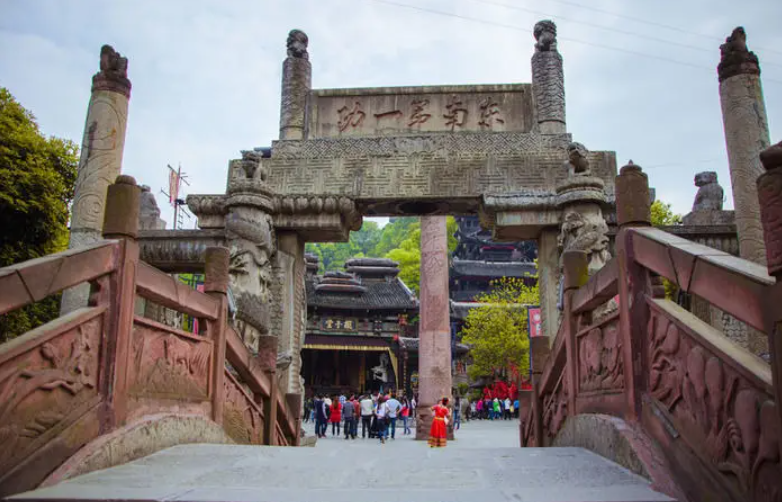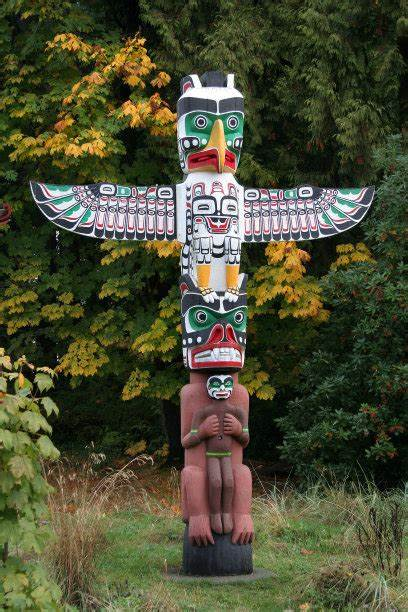Zhangjiajie Tujia Folk Custom Park
2022-06-10

Folk custom exhibition

Various of collections with ethnic features are exhibited in the park, such as Tujia clothing, batik, brocade and root carving crafts. There are also authentic Tujia cultural performances, such as Maogusi Dance, Hand-waving Dance and playing Liuzi (a set of percussion instruments).
Tusicheng

The Tusi system was instituted in the Five Dynasties and Ten Kingdoms period, and was very mature in the Ming Dynasty. A Tusi king, leader of a minority tribe, had supreme authority. In western Hunan, there were three Tusi kings including King Xiang in Sangzhi County, King Peng in Yongshun County and King Zhang in Cili County. Among them, King Peng was the most powerful.
Pitzka Shenhuotang Performance Group

The Pitzka Shenghuotang Performance Group was established in 2003. Its performance “Tujia People’s Customs and Miao People’s Charm” is a cultural product created by the park and Hunan Song and Dance Troupe, consisting of three chapters. It not only artistically shows the customs of the local Tujia people and the mysterious color of Western Hunan, but also presents the character traits owned by the local people like being industrious and kind-hearted.
Corridor stage for hand-waving dance

The corridor stage is used by the Tujia people to worship their ancestors and perform hand-waving dances. The dance spreads widely. Before the founding of the PRC, or even earlier, corridor stages or temples had been built in all central villages inhabited by the Tujia people in counties like Yongshun and Longshan.
After the Spring Festival, people of all ages from the Tujia ethnic group in festive costumes gather in front of the corridor stage, dance and sing cheerful hand-waving songs, and perform various art programs.
After the Spring Festival, people of all ages from the Tujia ethnic group in festive costumes gather in front of the corridor stage, dance and sing cheerful hand-waving songs, and perform various art programs.
First Achievement of Southeast China

The stone memorial archway engraved with words “the first achievement of southeast China” presented by the Emperor Jiajing of the Ming Dynasty is the largest one in the south of the Yangtze River. It’s the historical witness of the patriotic spirit of the Tujia people and records a glorious history of them.
Totem Pole

Totem Pole, also called Optimus Prime by the local Tujia people, is located in the center of the park. It is 12 meters high and 1.2 meters in diameter. Totem refers to a kind of animal or natural thing that people in primitive society think is related to the blood of the clan. It’s generally used as a symbol of the clan.


